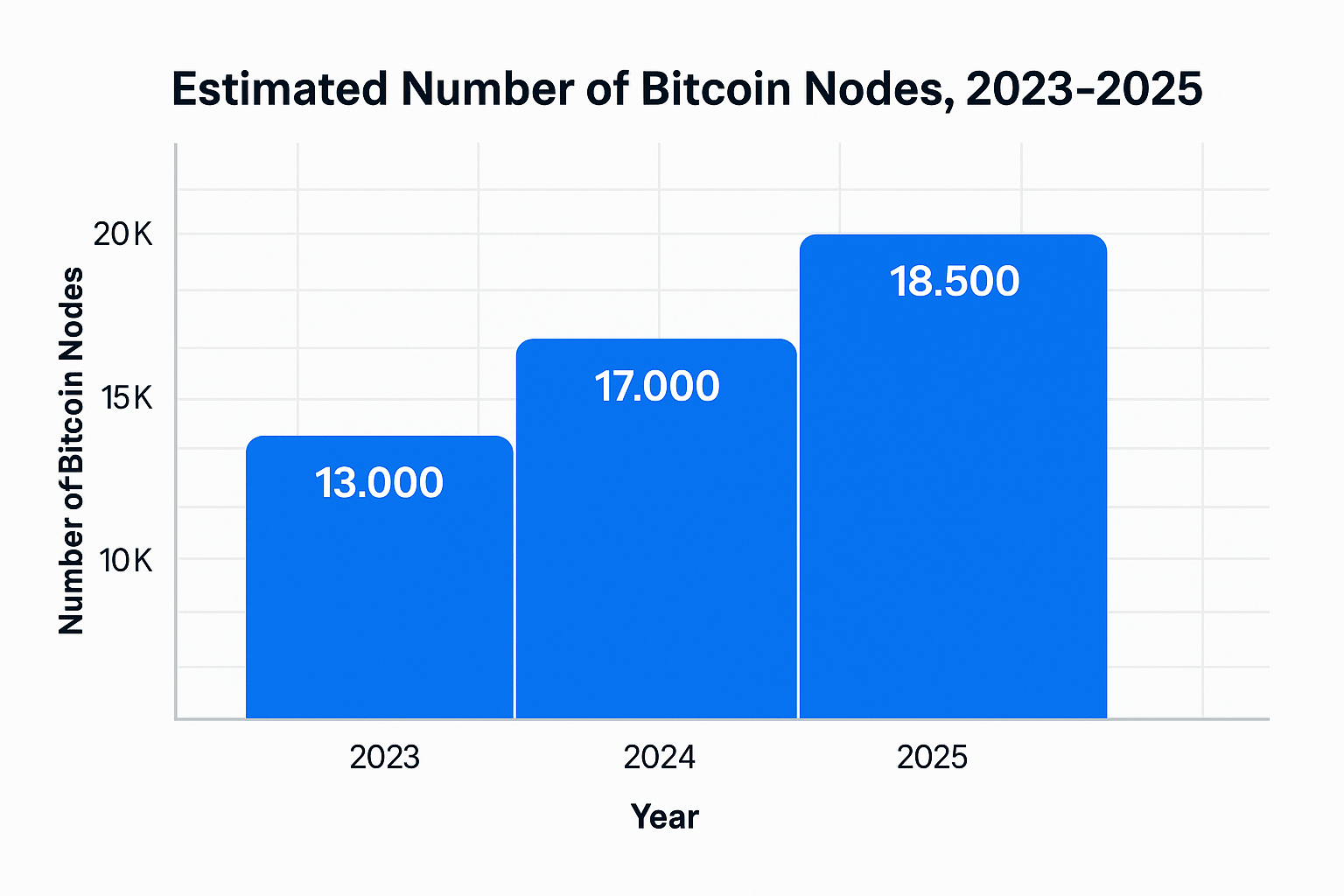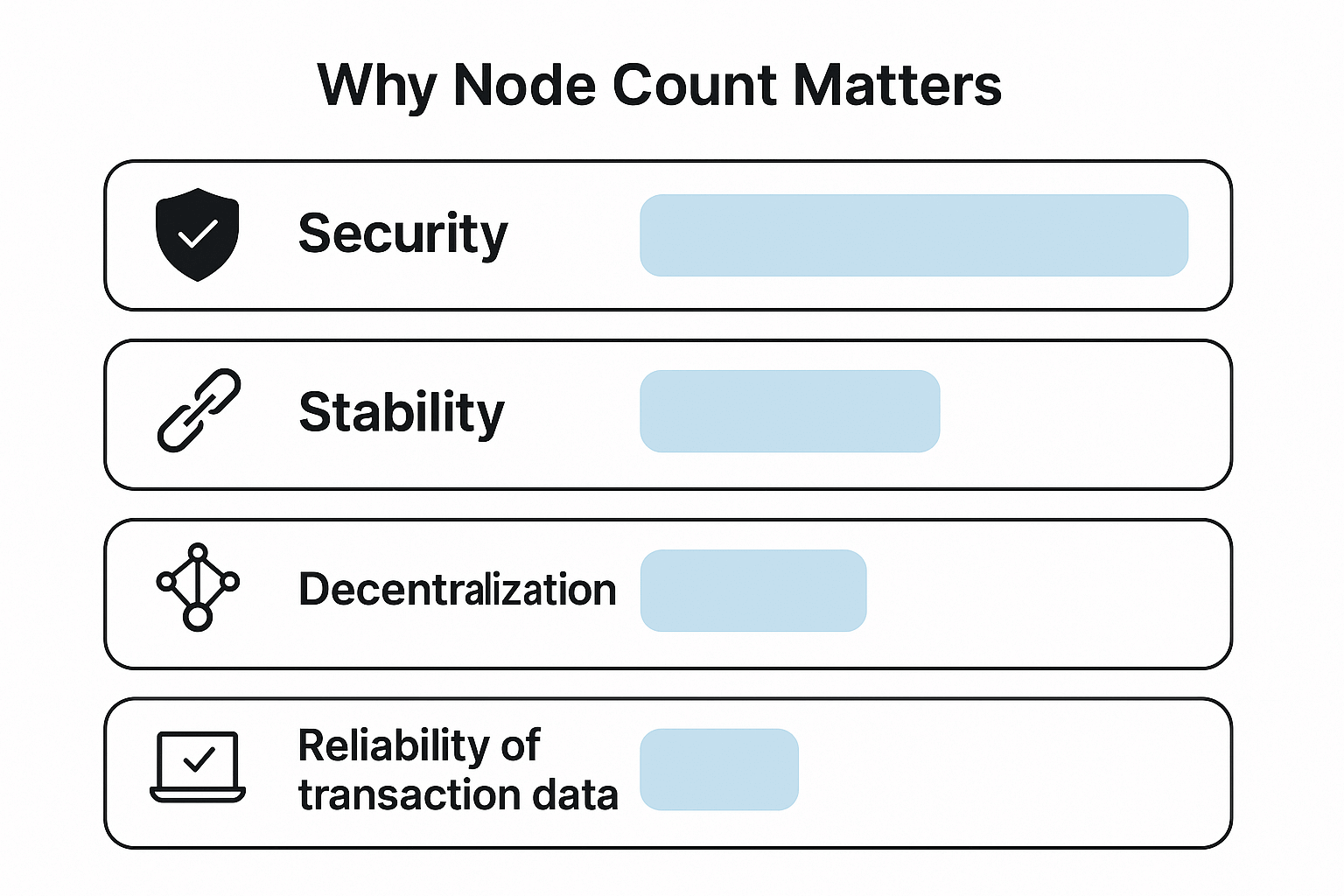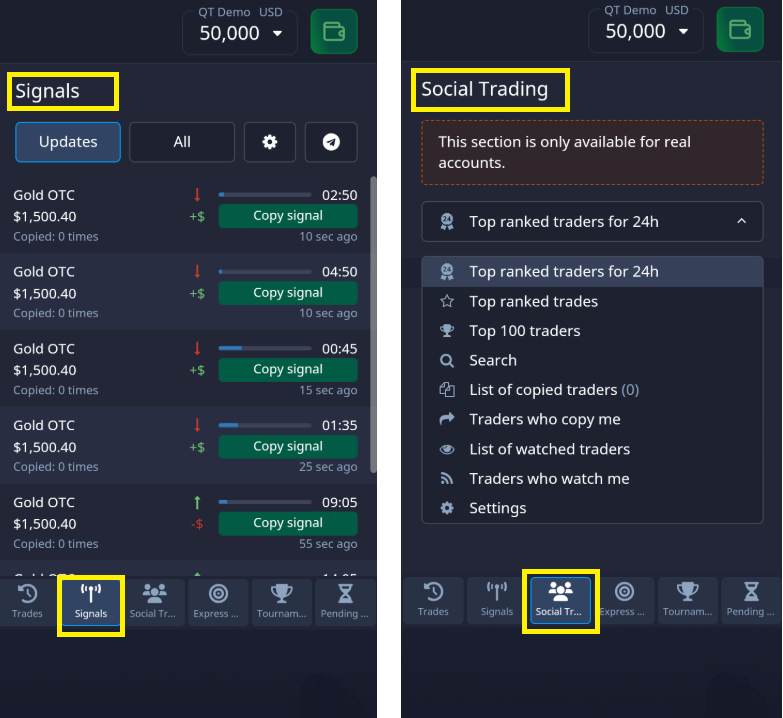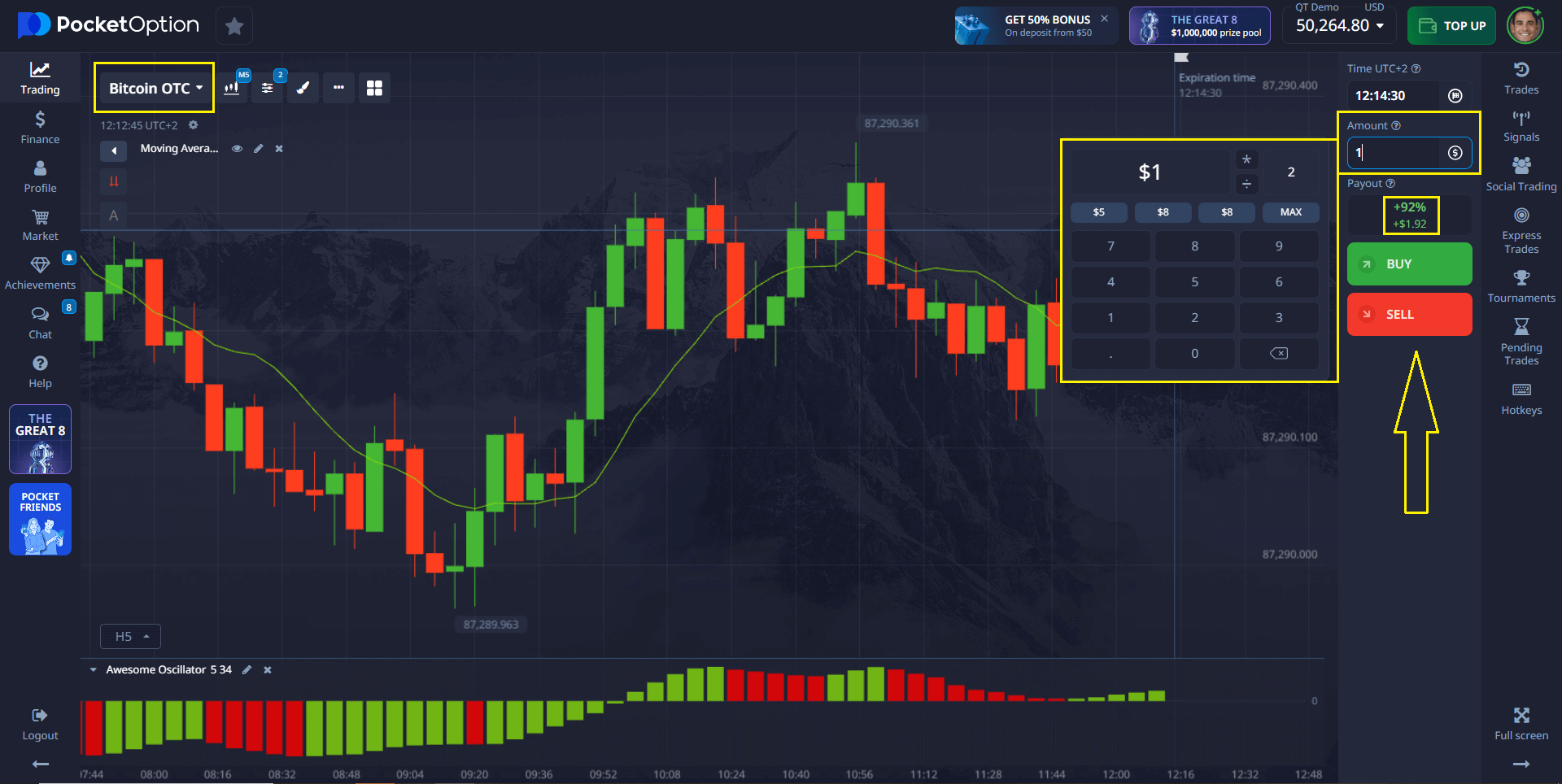- Security: Independent validation prevents fraud.
- Stability: Fewer single points of failure.
- Decentralization: Power is distributed among users globally.
- Reliability of transaction data: Ensures consistency across the peer-to-peer network.
How Many Bitcoin Nodes Are There and Their Significance in 2025

As of 2025, the current number of bitcoin nodes is estimated at around 18,500. This bitcoin node count current isn't just a technical figure; it directly reflects the health, decentralization, and reliability of the bitcoin blockchain, shaping everything from transaction validation to platform performance.
Article navigation
- What Is a Bitcoin Node?
- Types of Bitcoin Nodes and Their Functions
- How Many Bitcoin Nodes Are There?
- Why Node Count Matters
- Running a Full Node: Setup & Requirements
- Maintenance and Challenges
- Bitcoin Node Map and List Tools
- Bitcoin Node vs Miner
- Unique Takeaways for Traders
- Why Traders Choose Pocket Option
- How to Trade Bitcoin on Pocket Option in 60 Seconds
- Actionable Insights for Crypto Users and Traders
What Is a Bitcoin Node?
A bitcoin node is a computer that participates in the peer-to-peer Bitcoin network by storing and updating the blockchain, validating transactions, and relaying information. These nodes uphold decentralization, ensuring no single authority controls the system.
Bitcoin node hardware can vary, but a full node typically requires robust specifications including at least 500 GB of disk space and stable connectivity. The number of bitcoin nodes worldwide helps distribute consensus and maintain security.
Types of Bitcoin Nodes and Their Functions
Full Nodes
Full nodes store the entire blockchain and validate transactions and blocks independently. They run open-source software like Bitcoin Core and are critical for decentralization and security.
Light Nodes
Light nodes rely on full nodes for data. They download only a portion of the blockchain, making them efficient for devices with limited resources.
Mining Nodes
Mining nodes also function as full nodes but focus on adding new blocks by solving mathematical puzzles. They help secure the bitcoin network and process new transactions.
How Many Bitcoin Nodes Are There?
How many bitcoin nodes are there in 2025? According to Bitnodes data, the number of bitcoin full nodes 2025 is approximately 18,500:
| Year | Number of Bitcoin Nodes |
|---|---|
| 2023 | 13,000 |
| 2024 | 17,000 |
| 2025 | 18,500 |

This growth shows increasing community participation and global interest in maintaining decentralized blockchain infrastructure. How many nodes does bitcoin have globally? About 18,500 verified full nodes in the world.
Why Node Count Matters
“Bitcoin’s strength lies in its global infrastructure. The more nodes we run, the stronger and more resilient the network becomes — regardless of who uses it.”
— Jonas Vahl, Distributed Systems Researcher
A high number of bitcoin nodes enhances:

Running a Full Node: Setup & Requirements
To run a full node, you need:
- Bitcoin Core software
- ~500 GB storage (how big is a full node in Bitcoin)
- Stable internet connection
- 8 GB RAM (recommended)
How much does it cost to run a Bitcoin node? Initial costs range from $250–500 depending on bitcoin node hardware and setup. Recurring expenses include internet and electricity. Running your own node improves privacy and sovereignty.
Maintenance and Challenges
- Network load: As blockchain grows, node processing power must scale.
- Regular updates: Stay synced and secure.
- Resource commitment: Nodes must be online and accessible.
Do Bitcoin nodes get paid? No. Full nodes are not incentivized financially — they serve the network voluntarily to uphold consensus and decentralization.
Who controls Bitcoin nodes? Nobody and everybody. Bitcoin nodes are run by individuals, companies, and organizations worldwide, ensuring decentralized governance.
Bitcoin Node Map and List Tools
To explore the map of node distribution or access a list of active nodes, tools like Bitnodes or Bitcoin Node Explorer offer real-time data. These tools let users see how many nodes in bitcoin network are active at any time.
Bitcoin Node vs Miner
Full nodes validate all transactions and blocks, whereas miners propose new blocks through computational work. Miners often run full nodes, but not all full nodes mine.
Unique Takeaways for Traders
- Full nodes strengthen your personal bitcoin transaction independence.
- Traders can use number of bitcoin nodes 2025 as a signal of market confidence.
- Platforms reliant on timely blockchain data perform better when network decentralization is high.
Why Traders Choose Pocket Option
- ✅ Lightning-fast trade execution through robust centralized infrastructure
- ✅ Transparent and real-time pricing feeds
- ✅ Minimum deposit starting from just $5
- ✅ Free demo account with $50,000 virtual balance — no registration needed
- ✅ Advanced indicators, signals, tournaments, and copy trading features
Pocket Option does not rely on decentralized networks like Bitcoin nodes. Instead, it ensures uninterrupted access and performance during any market conditions thanks to advanced server architecture.

How to Trade Bitcoin on Pocket Option in 60 Seconds
- Log into your Pocket Option account and open the trading interface
- Select Bitcoin as your asset
- Set your investment amount (e.g., $50)
- Choose expiration time (e.g., 60 seconds)
- Click “Buy” if you expect the price to rise, or “Sell” if you expect it to fall
- If your prediction is correct, your profit is instantly credited
All trades are processed in real time using accurate market data, ensuring fast and secure execution.

“You don’t need to run a Bitcoin node to trade effectively. Pocket Option simplifies the process by offering fast execution, clean UX, and a demo account to practice without risk.”
— Elena Price, Crypto Education Consultant
Actionable Insights for Crypto Users and Traders
- The number of bitcoin nodes is a vital health metric of the blockchain ecosystem.
- Running your own full node builds self-sovereignty and improves privacy.
- Decentralization isn’t theoretical — it shapes real-time trading performance.
- Platforms like Pocket Option benefit from strong network data, delivering faster and more secure execution.
Discuss this and other topics in our community!
FAQ
Why does node decentralization matter?
Decentralization distributes trust across thousands of independent nodes, reducing the risk of manipulation, censorship, or systemic failure. It enhances Bitcoin's resilience and transparency.
Can I run a node and trade on Pocket Option at the same time?
Yes. Running a node gives you greater understanding of blockchain operations, while Pocket Option lets you apply that knowledge through fast and reliable trading execution.
Do Bitcoin nodes get paid?
No. Full nodes are not paid — they help maintain the network voluntarily.
How much does it cost to run a Bitcoin node?
Initial costs range from $250–500 depending on hardware, with recurring expenses for internet and electricity.
How big is a full node in Bitcoin?
As of 2025, a full node requires roughly 500 GB of disk space, and that number continues to grow over time as the blockchain expands.
Who controls Bitcoin nodes?
Bitcoin nodes are controlled by independent users worldwide — individuals, companies, and communities.